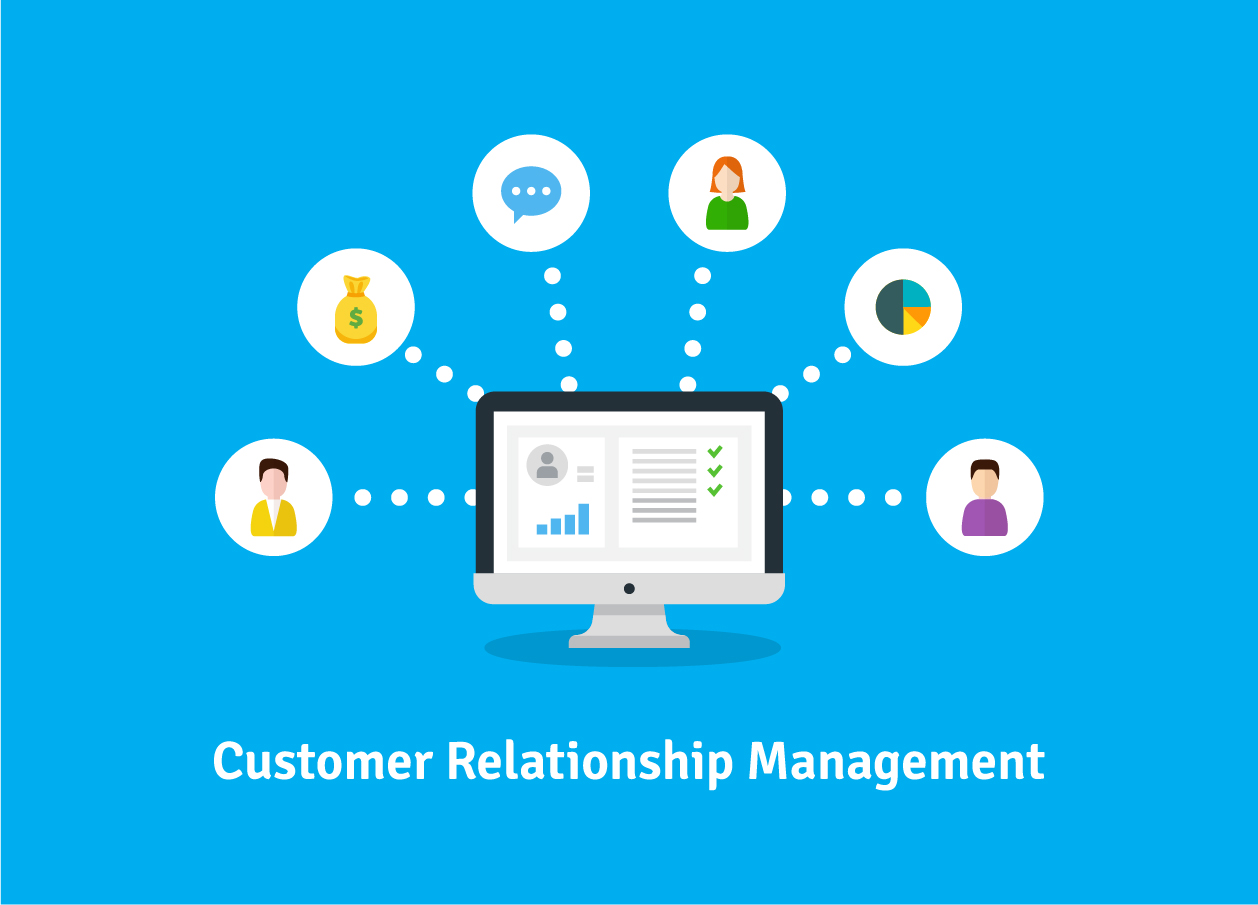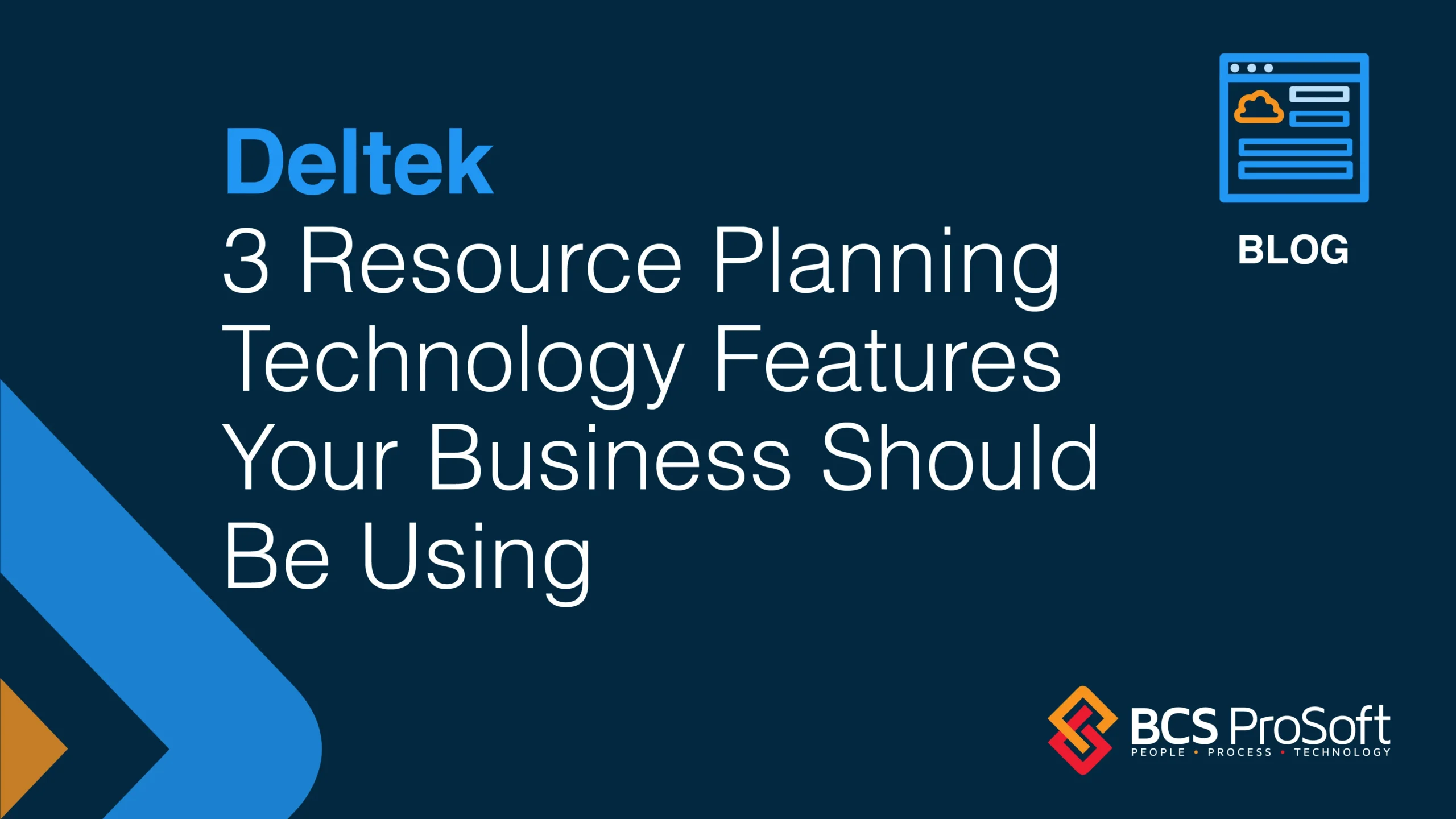If you are here, you probably know that different construction projects require different approaches and methods to be successful. In the world of construction, there is no one-size-fits-all solution. Each project has its own unique challenges and requirements, which is why choosing the right project delivery method is crucial for its success.
In this blog, we will delve deep into the nuances of the different construction project delivery methods, providing insights gleaned from years of experience and industry best practices. Whether you’re a seasoned professional or new to the field, this guide is designed to equip you with the knowledge to navigate the intricate landscape of project delivery methods.
What is a project delivery method?
A project delivery method is a process used to organize and execute construction projects. It outlines the roles, responsibilities, and relationships between different parties involved in the project, such as the owner, architect, contractor, subcontractors, and stakeholders.
Choosing the right project delivery method depends on various factors such as budget, timeline, complexity of the project, and risk allocation. Each method offers its own set of advantages and disadvantages that need to be carefully considered before making a decision.
The 6 Project Delivery Methods
In the construction industry, there are six commonly used project delivery methods. We’ve listed them out here but will delve into the pros and cons of each later on:
- Design-Bid-Design: Also known as the traditional method, Design-Bid-Design involves three distinct phases: the project is first designed by an architect, then put out for bid to contractors, and finally, the construction is carried out by the winning contractor. This method allows for a clear separation of design and construction responsibilities.
- Design-Build: Design-Build simplifies the construction process by combining design and construction services under one contract, typically leading to faster project completion and streamlined communication, as a single entity is responsible for both designing and building the project.
- Construction Manager at Risk (CMAR): In the CMAR method, a construction manager is engaged by the owner during the design phase and is involved in the project until completion, working closely with the design team. The construction manager commits to completing the project within a Guaranteed Maximum Price (GMP), assuming the risk of cost overruns.
- Construction Management Multi-Prime (CMMP): This approach involves hiring multiple prime contractors, each responsible for different segments of the construction work. A construction manager oversees the project, coordinating the efforts of all prime contractors, which can lead to greater control over each phase of the construction.
- Public-Private Partnership (P3): Public-Private Partnerships are collaborative contracts between government entities and private companies, often used for large-scale public infrastructure projects. These partnerships can leverage private sector efficiencies and are characterized by shared risks and rewards.
- Integrated Project Delivery (IPD): IPD is a collaborative alliance of people, systems, business structures, and practices. It integrates the roles of all participants through all phases of design and construction, fostering a unified workflow that emphasizes collective problem-solving and maximizes efficiency.
Now that you know the basics of each type of method, we are going to go into each in more detail and explain how they can benefit your business. It’s important to understand the differences between these methods so that you can choose the best one for your specific needs.

1. Design-Bid-Design
DBD is the traditional method of project delivery that has been used for centuries. In this method, an owner hires a design team to create plans and specifications for the project. Once these plans are completed, they are then put out to bid for contractors to compete on who can build it at the lowest cost.
Advantages
One of the main benefits of DBD, a method often encountered in construction project management, is that it allows for competitive bidding which can potentially drive down costs. Additionally, the owner has more control over the design process and can make changes as needed before construction begins. This method also allows for a clear separation of responsibilities between the design team and contractors.
Disadvantages
However, this method also has its downsides as it often leads to adversarial relationships between the owner, architect/designer, and contractor. It also leaves little room for collaboration and input from all parties involved in the project. This can result in a lack of innovation and potential delays due to conflicts and change orders.
DBD works best for projects with clear and well-defined scopes, as it relies heavily on the accuracy and completeness of the plans and specifications.
2. Design-Build
Design-build is a method where the owner enters into a single contract with a design-build team, consisting of both the designer and contractor. This approach streamlines the process by having one entity responsible for both the design and construction phases of the project.
Advantages
One of the main advantages of DB is its potential for time and cost savings. By eliminating the bidding process, there can be more efficient communication and decision-making between all parties involved. This can result in faster project completion times and potentially lower costs due to reduced change orders.
Another benefit of DB, especially relevant in project management for architects, is that it allows for greater collaboration between the designer and contractor. With everyone working together on the same team from start to finish, there is more opportunity for innovation and problem-solving. This can lead to more creative and efficient solutions for design challenges, ultimately resulting in a better end product.
From a client’s perspective, DB also offers a simplified experience. Instead of having to manage multiple contracts and communication with separate entities, the client only needs to work with one team. This can save time and reduce stress for the client, making the entire process more enjoyable.
Disadvantages
It’s important to note that while DB has many benefits, it may not be suitable for every project or client. For larger projects or clients who have specific requirements and preferences, traditional design-bid-design may still be the preferred method. Other downsides include potentially higher costs and less control over the design process.

3. Construction Manager At Risk
The Construction Manager at Risk is a project delivery method where a construction manager is engaged during the design phase to collaborate with both the design team and the project owner. This manager plays a pivotal role in providing valuable constructability reviews, cost estimates, and project management insights. One of the hallmark features of CMAR is the establishment of a Guaranteed Maximum Price (GMP), which the construction manager commits to, thereby assuming the financial risk of exceeding this cost ceiling.
Advantages
There are several advantages to the CMAR method, which are also significant in the context of construction risk management. Firstly, risk management is significantly improved as the construction manager takes on the responsibility of keeping the project within the GMP, offering financial predictability to the owner. Additionally, the early involvement of the construction manager enhances quality control and allows for more accurate cost forecasting. This method fosters enhanced communication, as the construction manager acts as a mediator between the design team and the contractors, leading to smoother information flow and reduced conflicts.
The CMAR approach is also known for its time efficiency. Construction activities, such as site preparation, can commence while the design is still being finalized, expediting overall project completion. Moreover, this method provides flexibility, permitting adaptive changes during the construction process without significant delays or cost escalations.
Disadvantages
However, the CMAR method comes with its set of disadvantages. It can potentially lead to higher initial costs due to the early involvement of the construction manager. The lack of competitive bidding in the early stages may result in missed opportunities for cost savings. The success of the project heavily depends on the construction manager’s expertise, making their selection a crucial decision.
The contractual relationships in CMAR can be more intricate compared to traditional methods, necessitating careful management and a comprehensive understanding by all parties. Finally, once the GMP is established, there might be limited scope to benefit from favorable market conditions that could otherwise reduce costs.
4. Construction Management Multi-Prime
In this model, the owner contracts directly with multiple prime contractors to oversee different portions of the project. This can include everything from the foundation and structure to plumbing and electrical work. The idea behind this method is that by dividing up responsibilities among specialized contractors, the project will run more efficiently and be completed faster.
Advantages
There are several advantages to the CMMP approach. It allows for specialized expertise in each segment of the construction, as contractors focused on specific areas bring high levels of quality and efficiency. This method gives the owner greater control over the project, with the ability to directly oversee and communicate with each contractor.
CMMP is also characterized by its flexibility, as it can adapt to changes more easily, with the owner having the freedom to select contractors for each phase based on current needs. Competitive bidding for each segment can lead to potential cost savings, as specialized contractors might offer more attractive bids for their expertise. Additionally, the distribution of risk among various contractors can mitigate the impact of problems in one area on the overall project.
Disadvantages
However, CMMP comes with its set of challenges. Coordinating multiple prime contractors requires significant effort and strong communication skills, presenting a complex management task. The owner faces increased responsibilities in managing contracts and resolving conflicts among contractors. If not managed effectively, the involvement of multiple contractors can lead to scheduling conflicts and project delays.
There’s also a risk of inconsistencies in work quality and project vision, as different contractors might have varying standards and interpretations. The complexity of managing diverse relationships and logistics under CMMP demands a high level of expertise and experience from the construction manager.
5. Public-Private Partnership
This type of project delivery method involves a partnership between a public entity, such as a government agency, and a private organization, typically a construction company or developer. The goal is to achieve the best possible outcome for both parties by combining their strengths and resources.
Advantages
One of the main benefits of a public-private partnership is financial flexibility by introducing alternative funding sources for public projects, thereby reducing the financial strain on government entities.
Risk sharing is another significant benefit, as it leads to more comprehensive risk assessment and management strategies. The involvement of private companies, driven by profit and performance considerations, often results in higher quality outcomes and operational efficiency. Additionally, P3 arrangements can expedite project completion due to the private sector’s streamlined processes and the reduction of bureaucratic holdups typically associated with public projects.
Disadvantages
However, one of the major downsides is that the process of establishing a P3 agreement can involve intricate and prolonged negotiations, which might delay project initiation. There’s a concern that private sector entities might place profit above the public interest, potentially affecting service quality or accessibility.
P3 projects usually entail long-term commitments, which pose risks in the face of changing project needs or economic conditions. Balancing the public’s need for transparency with the private sector’s confidentiality can create issues regarding transparency and accountability. Furthermore, dependence on private companies for essential services can be problematic, especially if a company encounters financial issues or fails to meet established performance standards.
6. Integrated Project Delivery
Finally, there is another delivery method known as Integrated Project Delivery. This approach involves collaboration between all stakeholders, including the owner, architect, contractor, and subcontractors. The goal of IPD is to create a more efficient and collaborative construction process by involving all parties from the start of the project.
Advantages
Major advantages include improved communication, reduced conflicts and claims, and increased accountability among all parties involved. With IPD, everyone has a stake in the success of the project, which leads to a shared goal and commitment to delivering high-quality work.
Disadvantages
The downsides of this method include the initial time and resource investment required to establish trust and communication channels between all parties. However, these potential roadblocks can be mitigated through effective project management and open communication.
IPD is a great option for projects that are complex and require a high level of collaboration, such as healthcare facilities, educational institutions, and large commercial buildings. By involving all parties from the beginning, IPD can help avoid delays and cost overruns that often occur in traditional construction methods.

11 Factors to Consider When Selecting a Project Delivery Method
Selecting the right project delivery method is a critical decision in any construction project, as it sets the foundation for how the project will be executed and managed. Several key factors should be considered to ensure the chosen method aligns with the project’s goals and constraints:
- Budget: The financial resources available for a project are a primary consideration. Different delivery methods have varied implications on cost predictability, budget management, and overall project expenses.
- Control over the Project Outcome: Consider how much control is needed over the design and construction process. Some methods offer greater owner control, while others rely more on the expertise of contractors or construction managers.
- Stakeholder Involvement: The extent to which stakeholders, including owners, investors, and users, wish to be involved in the project’s decision-making process is crucial. Different methods offer varying levels of engagement and influence for stakeholders.
- Risks: Evaluate the potential risks associated with the project, including financial, legal, operational, and environmental risks. Different delivery methods distribute these risks differently between the owner and contractors.
- Tools Being Used: The technology and tools planned for project management and construction, such as building information modeling (BIM) or project management software like Deltek Vantagepoint, can influence the suitability of a delivery method.
- Timetable: The project’s timeline is vital. Some delivery methods are better suited for fast-tracking projects, while others are more appropriate for projects where time is less of a constraint.
- Design: The complexity and specificity of the project design must be considered. Projects requiring highly specialized or unique designs might be better suited to certain delivery methods that allow for more intensive design collaboration.
- Contractor/Team Expertise: The experience and expertise of the available contractors or project team can influence the choice of delivery method. Some methods require a higher level of collaboration and coordination skills.
- Project Complexity: The overall complexity of the project, including technical, logistical, and administrative aspects, should be evaluated. More complex projects might benefit from delivery methods that offer greater flexibility and adaptability.
- Regulatory Environment: Consider the regulatory requirements and constraints of the location where the project will be executed. Some delivery methods might be more adept at navigating complex regulatory landscapes.
- Future Flexibility: The potential for future changes or expansions in the project should be considered. Some delivery methods are more adaptable to change, allowing for modifications without significant disruptions or cost implications.

How to Choose the Right Delivery Method For a Project
We’ve covered the importance of choosing the right delivery method for a project, but how do you go about making that decision? There are several factors to consider when evaluating delivery methods and determining which one will best suit your project’s needs. In this section, we’ll discuss some key considerations to keep in mind during the decision-making process.
Assess Project Goals and Objectives
Begin by clearly defining what you want to achieve with your project. Consider factors such as the desired quality, the importance of the project schedule, and the specific outcomes you wish to attain.
Understand the Project Scope and Complexity
Analyze the scope and complexity of your project. Larger, more complex projects might benefit from a more collaborative or integrated approach, while smaller projects could do well with more traditional methods.
Evaluate Financial Constraints
Budget is always a significant consideration. Look at your financial limitations and how different delivery methods impact cost predictability and control. Consider methods that offer a balance between cost efficiency and quality results.
Consider Risk Tolerance
Different delivery methods distribute risks in varying ways between the owner, contractor, and other parties. Assess your risk tolerance level and choose a method that aligns with your willingness to manage and mitigate potential risks.
Examine Timelines and Schedules
If your project is time-sensitive, consider delivery methods that are known for efficient project completion. Understand how different methods handle delays and their impact on the overall timeline.
Check Regulatory Compliance
Ensure the delivery method you choose complies with local, state, and federal regulations. Some methods may be more adaptable to the regulatory environment of your project’s location.
Assess Team and Contractor Capabilities
The expertise and experience of your available team and contractors can significantly influence the success of the chosen method. Ensure that the method aligns with the strengths and capabilities of your team.
Review Past Project Experiences
Reflect on past projects, either your own or others in your network. Understanding what has worked well or posed challenges in similar projects can inform your decision.
Solicit Input from Stakeholders
Engage key stakeholders, including future users, financial investors, and team members, in the decision-making process. Their insights can be invaluable in making a well-rounded choice.
Stay Flexible and Adaptable
Be prepared to reassess and adapt your choice of delivery method as the project progresses. Flexibility can be crucial in responding to unforeseen changes or challenges.
By methodically analyzing these factors, you can confidently select the most effective delivery method for your project. But remember, no matter what method you choose, the success of your project ultimately relies on the skills and capabilities of your team. Make sure to regularly assess and address any challenges or roadblocks that may arise in order to ensure a smooth and successful project completion.

Project Management Software and How it Can Streamline Processes
Effective project management is crucial for the success of construction projects, and advanced project management software plays a key role in enhancing this efficiency. By centralizing information management, such platforms ensure that all stakeholders have access to up-to-date information, fostering better coordination and reducing errors. Enhanced communication and collaboration are facilitated, maintaining transparency and teamwork.
Efficient resource allocation and scheduling are streamlined through these tools, optimizing resource usage and adhering to project timelines. Risk management features aid in identifying, analyzing, and mitigating potential risks, preventing costly delays. Financial management and budget tracking are also simplified, enabling close monitoring of expenses and financial health.
Additionally, the ability to generate detailed reports and analytics supports informed decision-making and productivity analysis. With customization options, software like Deltek Vantagepoint can be tailored to specific project needs, adding efficiency and user-friendliness, thereby significantly improving project management processes.
Conclusion

Understanding and choosing the right construction project delivery method, as explored in our guide to engineering project management, is fundamental to the success of any project.
From budget considerations to stakeholder involvement and risk management, each method offers distinct advantages and challenges. By thoroughly evaluating the requirements and objectives of a project, as well as considering factors such as complexity, location, and timeline, teams can determine the most suitable delivery method for their specific needs.
Ultimately, no single method is superior to the others – it all depends on the unique circumstances of each project. By understanding the strengths and limitations of each approach, teams can make informed decisions that will lead to efficient and successful completion of their projects.
For further reading, check out our blog on the best engineering project management software.
Frequently Asked Questions
What is the best delivery method for construction?
The best project delivery method for construction depends on specific project requirements and goals. When selecting a method, consider factors like budget, timeline, and the complexity of the project. For projects where integration between design and construction teams is crucial, methods like Design-Build or Integrated Project Delivery might be optimal.
Conversely, if a clear separation between the design and construction phases is preferred, Design-Bid-Build could be the best choice. Essentially, the best method varies according to the unique circumstances surrounding each project.
What is the traditional project delivery method in construction?
The traditional project delivery method in construction is Design-Bid-Build. This method is characterized by distinct phases: the project starts with the design phase, followed by bidding where contractors submit their bids, and once a bid is accepted, construction begins. It’s a sequential process where each stage needs to be completed before moving on to the next, offering clear delineation between the roles of the design and construction teams.
What is a project delivery strategy?
A project delivery strategy in construction is a comprehensive plan that outlines how various aspects of a project will be managed and executed. This strategy includes choosing a construction delivery method, determining how to integrate various stakeholders, managing resources, and coordinating between the design and construction teams. It’s a roadmap that guides the entire construction process from conception to completion, ensuring that all elements are aligned with the project’s objectives.
What is a project delivery system in construction?
A project delivery system in construction is an overarching framework that includes the processes, methods, and strategies used to take a project from its initial concept to completion. It encompasses the chosen construction delivery method, the organization of work, the roles and responsibilities of each party involved, and the coordination mechanisms between design and construction teams. This system is crucial for ensuring that a project is completed on time, within budget, and to the required quality standards.






